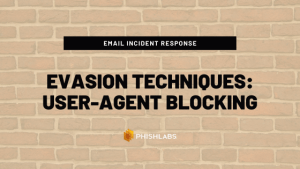Blog
COVID-19 Phishing Update: Threat Actors Abusing Utility Concerns
Fri, 04/24/2020
In response to the financial difficulties resulting from COVID-19, many utilities have announced policy changes to suspend disconnects and provide relief to customers. As a result, many people are uncertain about what will happen should they be unable to pay their utility bills during the pandemic. As our latest example shows, this uncertainty is being exploited by threat actors.
We are...













e97e.png)





